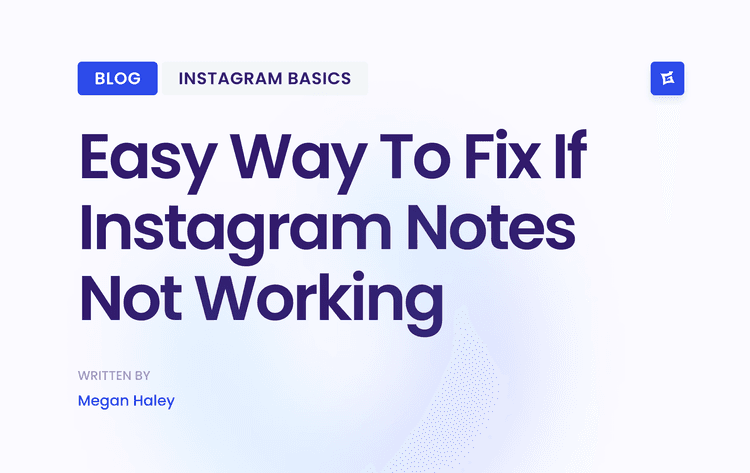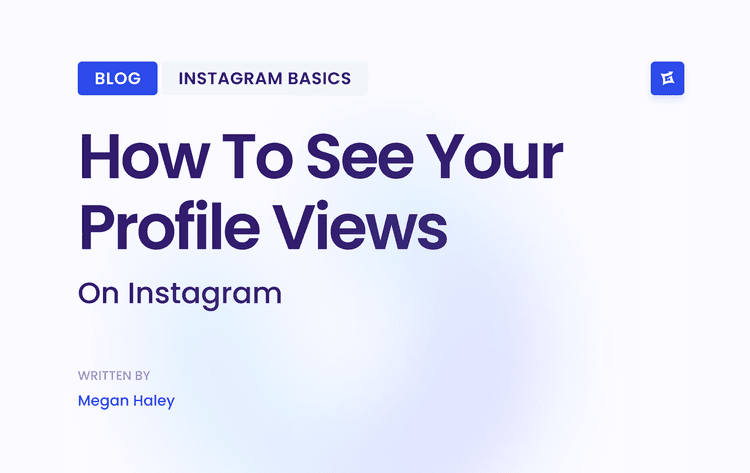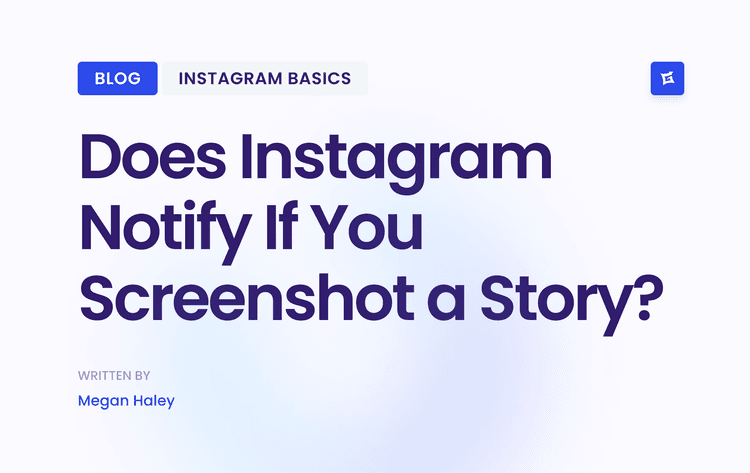What Is Social Media Marketing Anyway?
Let's cut right through the jargon. Think of social media marketing less like a billboard screaming a sales pitch and more like hosting a really great party. You're creating an inviting space where people actually want to hang out, sharing stories that stick, and building real relationships.
This is a huge shift from traditional advertising, which has always been a one-way street. Social media is a two-way conversation. That ongoing dialogue is exactly what makes it so powerful. When you're in the trenches commenting back, answering questions, and sharing content from your followers, you're not just selling something. You're building a community around your brand, and that creates a level of trust and loyalty a static ad could never touch.
Moving Beyond Sales Pitches
For beginners, the goal of social media isn't just about making a quick sale. That's a short-sighted approach. Instead, think of it as a long-term investment in your brand's reputation and visibility.
The real aim is to become a trusted, go-to voice in your niche. When your followers eventually need the product or service you offer, you'll be the first one they think of. This means you need to lay a solid foundation by focusing on a few core functions.
To get started, it's helpful to see these functions as more than just a to-do list. They are the building blocks of a sustainable social media presence. Here’s a quick breakdown of what those core functions look like in practice for a beginner.
Core Functions of Social Media Marketing
Brand Awareness: This is all about getting your name and mission in front of people who haven’t heard of you yet. For example, you might run a targeted ad campaign to introduce your brand to a new lookalike audience.
Audience Engagement: Focus on creating content that sparks conversations, likes, shares, and saves — it’s about building interaction, not just views. For instance, you could post a question or poll in your Stories to collect feedback from followers.
Community Building: The goal here is to create a space where followers feel connected both to you and to one another. You can do this by launching a private Facebook group or using a dedicated hashtag for your most loyal customers.
Website Traffic: This means guiding people from your social profiles to your website to learn more or make a purchase. A good example is sharing a blog post link with a catchy caption that teases what readers will discover when they click.
Each of these pillars works together. Strong awareness leads to more engagement, which in turn helps build a community that's more likely to visit your website.
Why It Is a Non-Negotiable Tool
The sheer scale of social media today makes it an absolutely essential place for any business to be.
As of October 2025, there were around 5.66 billion social media user identities across the globe—that's more than two-thirds of the world's population. And these aren't just dormant accounts. A staggering 93.8% of internet users are active on social platforms every single month.
Imagine your ideal customer is hanging out in a massive, bustling town square every single day. Social media is that town square. If you don't show up, you're missing daily opportunities to meet them, talk to them, and figure out what they actually care about.
Navigating this space successfully demands a plan. Just posting randomly and hoping for the best is a recipe for wasted time and effort. A solid strategy ensures every single piece of content you create has a clear purpose.
For those just starting, our comprehensive social media marketing checklist is the perfect resource to get you going. It helps turn those big, abstract goals into concrete actions, making sure your efforts are smart and effective right from day one.
Finding Where Your Audience Actually Lives Online
Feeling the pressure to be on every single social media platform? You're not alone. It’s a classic beginner mistake, and honestly, it’s a fast track to burnout. Trying to be everywhere at once just means your efforts get spread too thin, and your results will show it.
Think of it like fishing. You wouldn’t just drop a net in a random part of the ocean and hope for the best, right? You’d go where you know the specific fish you want to catch are swimming. Social media is the same game.
The real secret is to figure out where your ideal customers—your target audience—are already hanging out online and then meet them there. This focused approach is what separates the pros from the amateurs. Before you even think about which platform to join, you need a rock-solid picture of who you're talking to. If you haven't nailed this down yet, our guide on how to identify your target audience is the perfect place to start.
Know Your Platforms, Know Your People
Every social media network is its own little world. Each has a unique culture, a different dominant age group, and its own rules for what kind of content works. A post that gets tons of love on one platform can be a total dud on another.
For example, a B2B software company is going to find its people on LinkedIn, the home of professional networking. Meanwhile, a local coffee shop will probably crush it with visual stories on Instagram or Pinterest.
Getting a feel for the primary user base of each platform is your first big step. Let's break down the major players:
Facebook: With over 3 billion monthly active users, Facebook is still the giant in the room. Its audience is incredibly diverse, covering almost every demographic. This makes it a workhorse for building communities, promoting local businesses, and running targeted ads, especially if you're aiming for users aged 25-55.
Instagram: This is the visual playground. If you're in fashion, food, travel, or any other lifestyle brand, Instagram is your spot. It's dominated by a younger crowd—mostly Millennials and Gen Z—who crave beautiful images, engaging Reels, and authentic Stories.
TikTok: The undisputed king of short-form video. TikTok runs on trends, creativity, and pure entertainment. Its user base is heavily Gen Z, so it’s a goldmine for brands that aren't afraid to be playful, human, and a little less polished.
LinkedIn: Think of it as the world's biggest professional conference. It’s the go-to for B2B companies, consultants, and anyone looking to connect with industry leaders and decision-makers. Content here is more buttoned-up, focusing on industry insights, career advice, and company news.
X (formerly Twitter): It's all about what's happening right now. X is perfect for breaking news, jumping into public conversations, and offering quick customer service. Brands that succeed here are witty, timely, and ready to engage in some back-and-forth.
Pinterest: This isn't just a social network; it's a visual search engine. People come here to find inspiration and plan their next purchase, whether it's for home decor, a new recipe, or a wedding. For e-commerce and DIY brands, this is huge—users are already in a buying mindset.
This infographic really drives home what social media marketing is all about: building trust, creating loyalty, and sparking real conversations.

As the visual shows, every move you make on social media should be about strengthening that relationship with your audience. And the best way to do that is to be on the platforms they already love and use every day.
Platform Smackdown: Where Does Your Audience Live?
So, how do you choose? It all comes down to matching the platform's vibe and audience with your specific business goals. This little cheat sheet should help you see where your brand might fit in best.
Facebook: Best for reaching Gen X and Millennials, Facebook excels at community posts, videos, and ads. It’s ideal for businesses focused on brand awareness and community building, making it great for nurturing long-term customer relationships.
Instagram: A top choice for Gen Z and Millennials, Instagram shines with high-quality images, Reels, and Stories. It’s the go-to platform for visual branding and e-commerce sales, helping businesses showcase products creatively and drive conversions.
TikTok: Home to a primarily Gen Z audience, TikTok thrives on short-form, trend-based videos. Brands use it to expand reach and express personality, often going viral through authentic, entertaining content.
LinkedIn: Tailored for Millennials and Gen X professionals, LinkedIn works best for articles, thought leadership posts, and case studies. It’s ideal for B2B lead generation and professional networking, helping brands establish authority and attract clients.
Pinterest: Popular among female Millennials, Pinterest performs best with inspirational visuals and infographics. Businesses use it to drive website traffic and product sales, especially in niches like lifestyle, design, and DIY.
The numbers don't lie—this is where your customers are. The average person scrolls through almost seven different social networks every month. This has turned social media advertising into a massive industry, with spending projected to soar to $276.7 billion by 2025. What's more, a whopping 83% of those ad dollars are expected to be spent on mobile by 2030, which tells you everything you need to know about creating content for phones first.
Don't treat your platform choice like a permanent tattoo. It's just a starting point. Pick one or two channels where you feel most confident you'll find your people. Go deep, master them, see what works, and only then should you even think about expanding.
At the end of the day, smart social media marketing starts with focus. Know your audience, find out where they live online, and go there. You’ll avoid the trap of trying to do everything and instead do a few things incredibly well. That’s how you build a real foundation for growth.
Building Your First Social Media Strategy

Jumping onto social media without a strategy is like starting a road trip without a map. Sure, you’ll burn through a lot of gas (and creative energy) driving around, but you’ll probably never reach your destination. A strategy turns all those vague ideas into a simple, actionable plan you can actually follow every day.
This plan doesn't need to be a fifty-page document, either. When you're just starting, a solid social media strategy is really just a clear set of answers to a few basic questions: Who are you talking to? What do you want them to do? And how will you get them there?
Let's break down the essential building blocks for creating a strategy that actually works.
Set Goals That Actually Mean Something
The first step is to ditch fuzzy goals like "get more followers." While watching that number climb can be a nice ego boost, it doesn't pay the bills. You need goals that are specific, measurable, and directly tied to your business's success.
This is where the S.M.A.R.T. goal framework comes into play. It’s a simple but incredibly powerful tool for turning wishy-washy objectives into crystal-clear targets.
Specific: Nail down exactly what you want to achieve.
Measurable: How will you track your progress and know when you’ve won?
Achievable: Is this goal realistic with your current time, budget, and skills?
Relevant: Does this actually support your bigger business objectives?
Time-bound: What's the deadline?
Here’s how it works: A new coffee shop wants to use Instagram to get more people through the door.
Vague goal: "Get more local customers."
S.M.A.R.T. goal: "Increase in-store foot traffic from Instagram by 10% over the next three months by running a 'show this post for a discount' campaign."
See the difference? The second goal gives you a clear target, a deadline, and a direct path for your content. It’s a real plan you can measure.
Define Your Unique Brand Voice
Your brand voice is your company’s personality. Are you witty and playful, or professional and authoritative? Are you warm and encouraging, or direct and to the point? Having a consistent voice is what builds that feeling of familiarity and trust with your audience.
Think of it this way: if your brand were a person at a party, how would they talk? You wouldn't want them to be formal and serious one minute, then cracking silly jokes the next. That kind of inconsistency just feels weird and confusing.
To find your voice, ask yourself these questions:
What are three words that describe my brand’s personality? (e.g., friendly, modern, creative)
What is my relationship with my audience? (Am I a helpful guide, a trusted expert, or a fun friend?)
What kind of language should I absolutely avoid? (e.g., corporate jargon, slang, overly technical terms)
Once you have a defined voice, writing captions and replying to comments becomes so much easier because you have a clear persona to channel. For more inspiration, check out these social media marketing strategy examples that show how different brands absolutely nail their unique tone.
Plan Your Content with a Calendar
A content calendar is your absolute best friend in social media marketing. It’s essentially a schedule that maps out what you're going to post and when. This simple tool eliminates that daily, last-minute panic of "Oh no, what should I post today?!"
Your calendar can be a simple spreadsheet or a dedicated app, but it should track a few key details for each post:
Date and Time: When the post will go live.
Platform: Which network is this for? (e.g., Instagram, Facebook, TikTok).
Content Type: Is it an image, a video, a Reel, or a Story?
Topic/Caption: A quick description of the post and the text that goes with it.
Goal: What action do you want people to take? (e.g., visit the website, save the post, leave a comment).
Planning your content just a week or two in advance saves a ton of time, cuts down on stress, and makes sure your posts are all working toward your S.M.A.R.T. goals. To really lay a solid foundation, mastering social media strategy planning is the key to pulling all these pieces into a single, effective plan.
Creating Content That Actually Connects
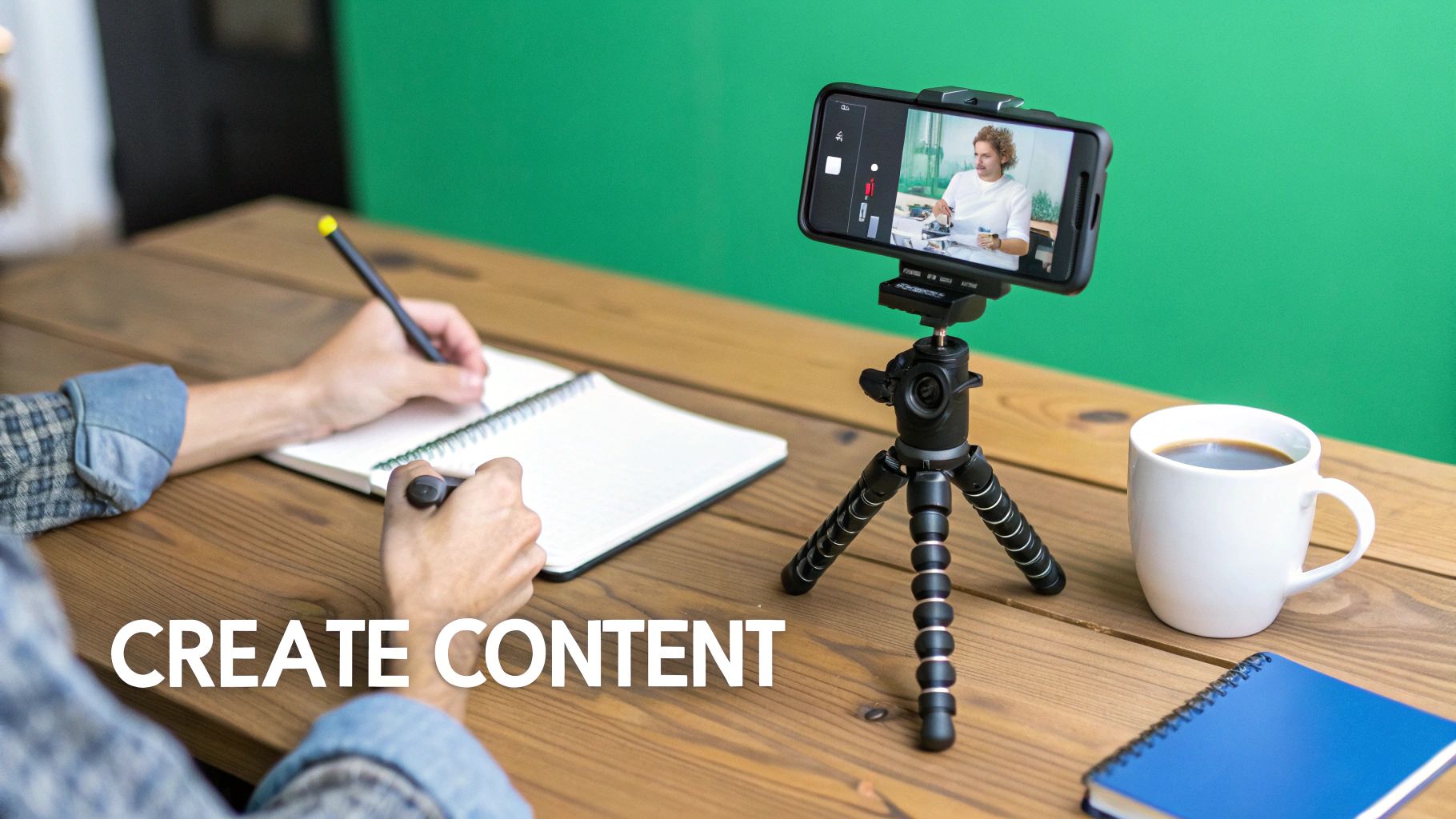
Alright, you've figured out where your audience hangs out and what you want to accomplish. Now for the fun part: making stuff they’ll actually want to see. This is where your strategy comes to life and turns into something people can watch, read, and react to.
The goal isn't just to pump out posts. It's to build real connections.
Forget the old-school marketing playbook of just shouting about your products. People are on social media to be entertained, learn something cool, or feel inspired—not to get a sales pitch every time they scroll. That’s why you need to embrace the 80/20 rule.
The idea is simple: make 80% of your content genuinely valuable or entertaining. The other 20% can be for your promotional stuff, like announcing a sale or featuring a product. This balance is key to building trust and keeping people around for the long haul.
When you consistently give more than you take, you earn the right to sell. You stop being a digital billboard and become a go-to resource, building a community that actually trusts you.
How to Organize Your Ideas with Content Pillars
Ever stared at a blank content calendar and felt completely stuck? We’ve all been there. This is where content pillars save the day.
Think of them as 3 to 5 core topics or themes your brand will own. They’re like the main channels of your own little TV network, ensuring every post you create is on-brand and valuable to your audience.
For instance, a local coffee shop could use these pillars:
Behind the Beans: Stories about where the coffee comes from, a peek at the roasting process, or quick interviews with the baristas.
Community Spotlight: Highlighting local artists whose work is on the walls, featuring regulars, or promoting neighborhood events.
Brewing Tips: Simple how-to guides for making better coffee at home, from perfecting a pour-over to whipping up a cold brew.
Suddenly, you have a framework. Instead of asking "What should I post today?", you can ask, "What's a great 'Community Spotlight' idea for this week?" It brings structure and purpose to your creative process.
You Don't Need a Big Budget to Make Great Content
Let’s bust a myth right now: you don't need a Hollywood-sized budget to create content that people love. Some of the most engaging stuff out there is shot on a smartphone. Authenticity and value trump slick production every single time.
Video, especially, is a total powerhouse. Did you know that 78% of consumers prefer watching short videos to learn about a product? It’s no surprise that a whopping 93% of marketers plan to spend more time on social media in 2025, largely because authentic video just works.
Here are a few ideas you can start with today, using just your phone:
Go Behind the Scenes: Show a glimpse of your workspace, how a product is made, or your team setting up for the day. People love seeing the real story.
Create Quick How-To's: Film a 30-second Reel or TikTok that teaches your audience a useful tip related to what you do.
Share User-Generated Content (UGC): Did a customer post a great photo with your product? Ask if you can reshare it! It’s powerful social proof and content you don’t have to create from scratch.
Design Simple Graphics: Use free tools like Canva to make eye-catching quotes, tips, or announcements that match your brand’s vibe.
Writing Captions That Get People Talking
The photo or video is the hook, but the caption is what reels them in. A good caption does more than just describe the visual; it invites people to join a conversation.
Instead of just stating a fact, ask an open-ended question. Instead of just announcing a new product, tell the story of what inspired it. The aim is to get a dialogue going, not just to broadcast a message.
To make sure your posts are truly connecting, check out these proven tips for improving social media engagement. When you make your content interactive, you’re not just posting—you’re building a community that feels seen and heard.
Measuring What Truly Matters
So, you’re creating content. That’s a huge first step. But how do you know if any of it is actually working? This is where so many marketers get stuck, staring at a dashboard full of numbers that might as well be in another language.
The secret isn't to track everything. It's to track the right things—the data that tells a real story about your performance.
It's tempting to get a rush from a post that racks up hundreds of likes. These numbers feel great, but they’re often called vanity metrics. They look impressive on the surface, but they don't necessarily line up with actual business goals. A like doesn't tell you if someone understood your message, clicked through to your website, or felt a genuine connection to your brand.
To really get a handle on your impact, you need to dig a little deeper into actionable metrics. These are the numbers that show you how your audience is behaving and whether you're hitting those S.M.A.R.T. goals you set.
Beyond Likes: The Metrics That Drive Growth
Instead of just chasing likes, let’s focus on the data that answers the big questions. The good news is that you don't need fancy, expensive tools to find this stuff. It’s all waiting for you inside the native analytics of platforms like Instagram Insights or Facebook Business Suite.
Here are the key metrics every beginner should be watching:
Reach: This is the total number of unique people who laid eyes on your post. It answers the simple question, "Is my content getting in front of new people?" If your reach is growing, your brand awareness is, too.
Engagement Rate: This is the percentage of people who saw your post and actually did something—left a comment, shared it, or saved it. A healthy engagement rate is a sign that your content is truly connecting with your audience.
Website Clicks: This one’s straightforward. It measures how many people clicked the link in your bio or in a specific post to visit your site. It’s a direct line from your social media efforts to business results.
Saves: On platforms like Instagram, a save is pure gold. It means someone found your content so valuable that they want to hang onto it for later. In many ways, it's a far better measure of quality than a simple like.
Think of your metrics like a car's dashboard. Likes are the shiny paint job—nice to look at, but they don't tell you anything about the engine. Engagement rate, clicks, and saves are your speedometer, fuel gauge, and temperature gauge. They tell you how fast you're going, how much fuel you've got left, and if the engine is running smoothly.
Using Data to Make Smarter Decisions
Your social media analytics are more than just numbers on a screen; they're direct feedback from your audience.
Notice a certain type of post is getting a ton of saves? Make more of that. Did a video get an unusual number of shares? You clearly hit on a topic that struck a chord.
This data-first mindset is becoming non-negotiable. Social media is constantly evolving, with AI and changing user habits leading the charge. In fact, over three-quarters of social strategists now use AI tools for analytics and planning, showing just how crucial data has become. For beginners, this means leaning into authentic, data-backed strategies is the only way forward. You can discover more insights about social trends to stay ahead of the curve.
By checking these key metrics regularly, you can stop just posting and praying. You can start refining your strategy based on what your audience actually wants to see. This is how you turn social media from a guessing game into a powerful, predictable engine for growth.
Common Beginner Mistakes to Avoid
Jumping into social media marketing can feel like you're learning a whole new language. It’s exciting, but a few common stumbles can really slow you down. Let's walk through the biggest pitfalls so you can sidestep them and build a solid foundation right from the get-go.
First up is the siren song of buying followers. It’s tempting, I get it. You want to look credible fast. But those purchased accounts are almost always bots or ghost accounts. They won't like your posts, buy your stuff, or tell their friends about you. In the end, your engagement plummets, and your account looks spammy to the real people you want to attract.
Being Too Salesy All the Time
Another classic rookie move? Turning your social media feed into one long, relentless commercial. If every single post is screaming, "Buy my product!" you're going to push people away—fast. People are on social media to connect, to be entertained, and to learn, not to get bombarded with ads.
This is where the 80/20 rule comes in handy. It’s a game-changer.
80% of your content should give value: Think helpful tips, funny behind-the-scenes moments, or questions that actually get people talking.
20% can be promotional: This is your space to announce a sale, launch a new product, or share a glowing customer review.
Sticking to this balance builds genuine trust. When you've spent most of your time being helpful and interesting, your audience will be far more open to hearing about what you're selling.
Ignoring Your Community
Social media is a conversation, not a monologue. Posting something great and then vanishing is like throwing a party and immediately locking yourself in the bedroom. When your followers take the time to comment or ask a question, they're looking for a response.
Ignoring your community is one of the fastest ways to lose them. A simple reply shows you're listening and that there's a real person behind the brand—that's how you build loyalty that lasts.
Finally, don't fall into the trap of posting the same content everywhere. What kills it on LinkedIn (like a detailed professional article) will almost certainly die a swift death in the fast-paced, visual-first world of TikTok. You have to tailor your message to fit the unique vibe of each platform. It shows you "get it" and maximizes the impact of everything you post.
Alright, you've got the big picture. But now the real-world questions start bubbling up. Let's tackle some of the most common ones I hear from people just starting.
How Often Should I Post on Social Media?
This is the million-dollar question, isn't it? The honest answer is: there's no magic number. The right frequency really boils down to the specific platform and your audience's habits.
A solid starting point is to aim for 3-5 times per week on platforms like Facebook and Instagram. For a much faster-paced feed like X (the platform formerly known as Twitter), you might find that 1-3 times per day works better.
But here’s the most important rule of thumb: consistency over frequency. It's way better to share three high-quality, genuinely helpful posts every week than it is to pump out seven rushed, low-effort ones just to hit a quota. Start with a schedule you know you can stick to, then peek at your analytics to see when your followers are actually online and tweak from there.
Do I Need a Budget for Social Media Marketing?
Absolutely not, especially when you're just getting your sea legs. You can get started with a zero-dollar budget, and frankly, you probably should. Focusing on organic (non-paid) growth is the best way to learn what your audience actually cares about. Creating great content, chatting with your community, and building real relationships costs nothing but your time.
That said, once you've got some momentum, even a tiny ad budget can pour gasoline on the fire. Spending just $5-$10 per day to boost a popular post can get your content in front of a ton of new people and let you target particular customer groups. The smart move is to start organic, find out what content gets a great reaction, and then put a little money behind your proven winners.
Key Takeaway: Master the organic game first. Once you know what works, paid ads stop being a gamble and become a powerful tool to scale your growth.
What Are the Most Essential Tools for a Beginner?
Don't get overwhelmed by all the fancy, expensive software out there. You can build a rock-solid foundation with just a handful of free or super-affordable tools that get the job done.
If you're building your beginner's toolkit, these three are non-negotiable:
A Content Creation Tool: Something user-friendly like Canva is a game-changer. You can whip up professional-looking graphics and simple videos with zero design experience. It’s a lifesaver.
A Scheduling Tool: Planning your posts ahead of time is the secret to staying sane. You can use the free Meta Business Suite for Facebook and Instagram, or grab a free plan from a great tool like Buffer or Later to get your content calendar organized.
Native Analytics Dashboards: Every single social media platform has its own built-in analytics. These dashboards give you all the core data you need to see what’s working, understand who your audience is, and make smarter decisions.
Get comfortable with these three before you even think about paying for more advanced software. They're all you need to get rolling.
Ready to turn those followers into a thriving community? With Gainsty, you can accelerate your organic Instagram growth without bots or fake accounts. Our AI-powered platform and expert strategies help you connect with real, engaged users who are ready to love your brand. Start growing your audience the right way by visiting Gainsty today.
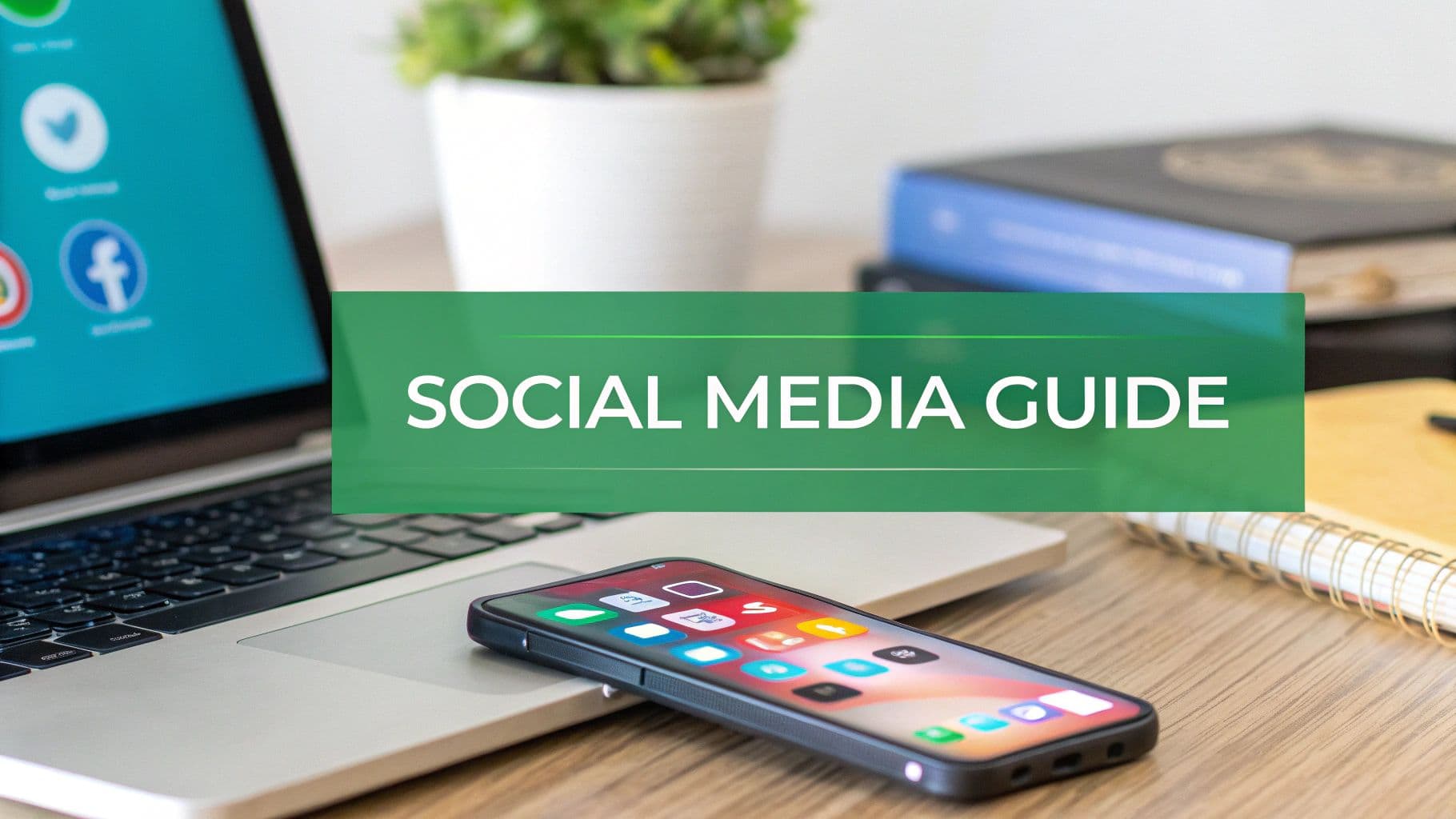

.png&w=1920&q=75&dpl=dpl_AQbX5JsabDdbeZxMJ6Brrjeb4mSf)
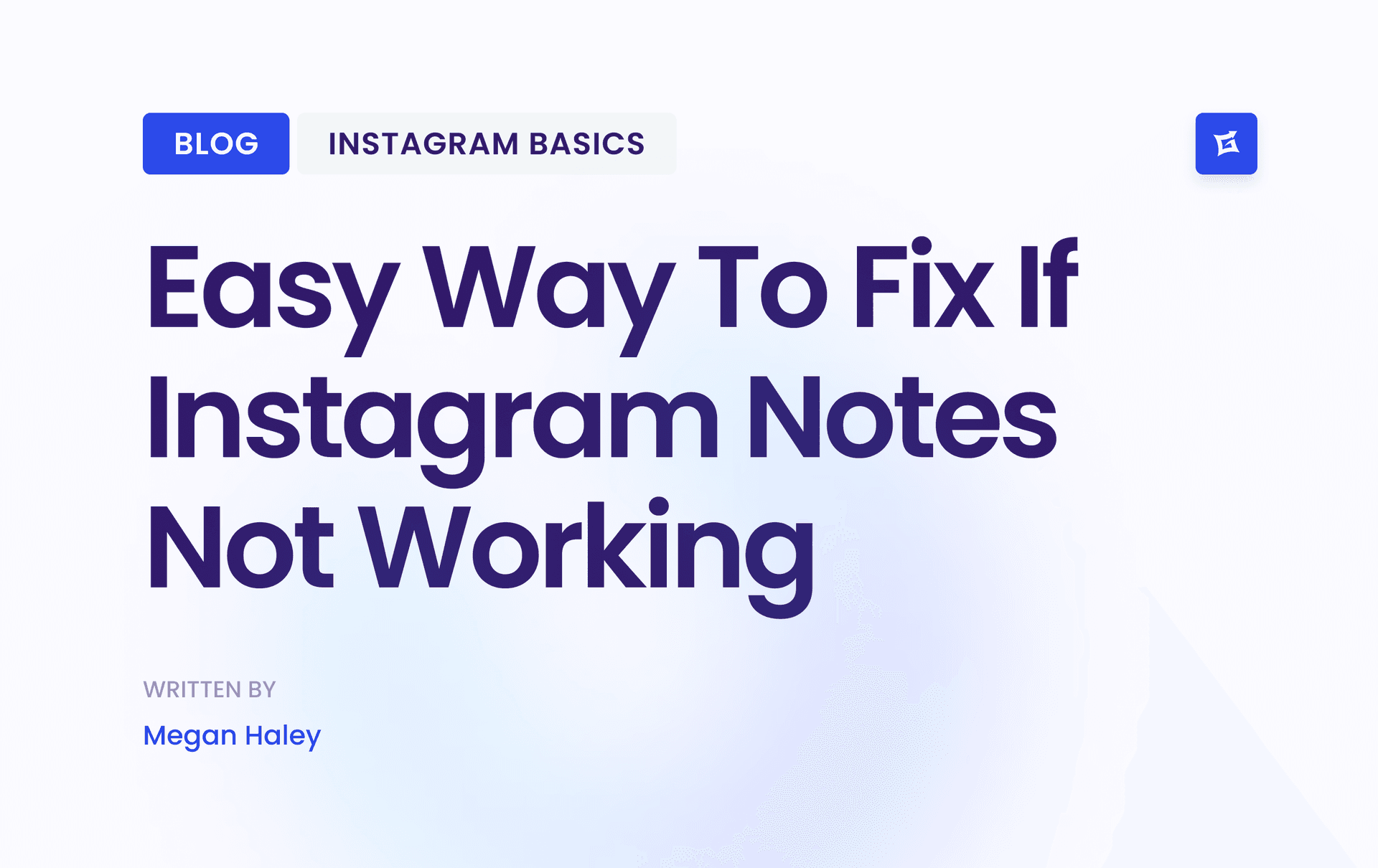
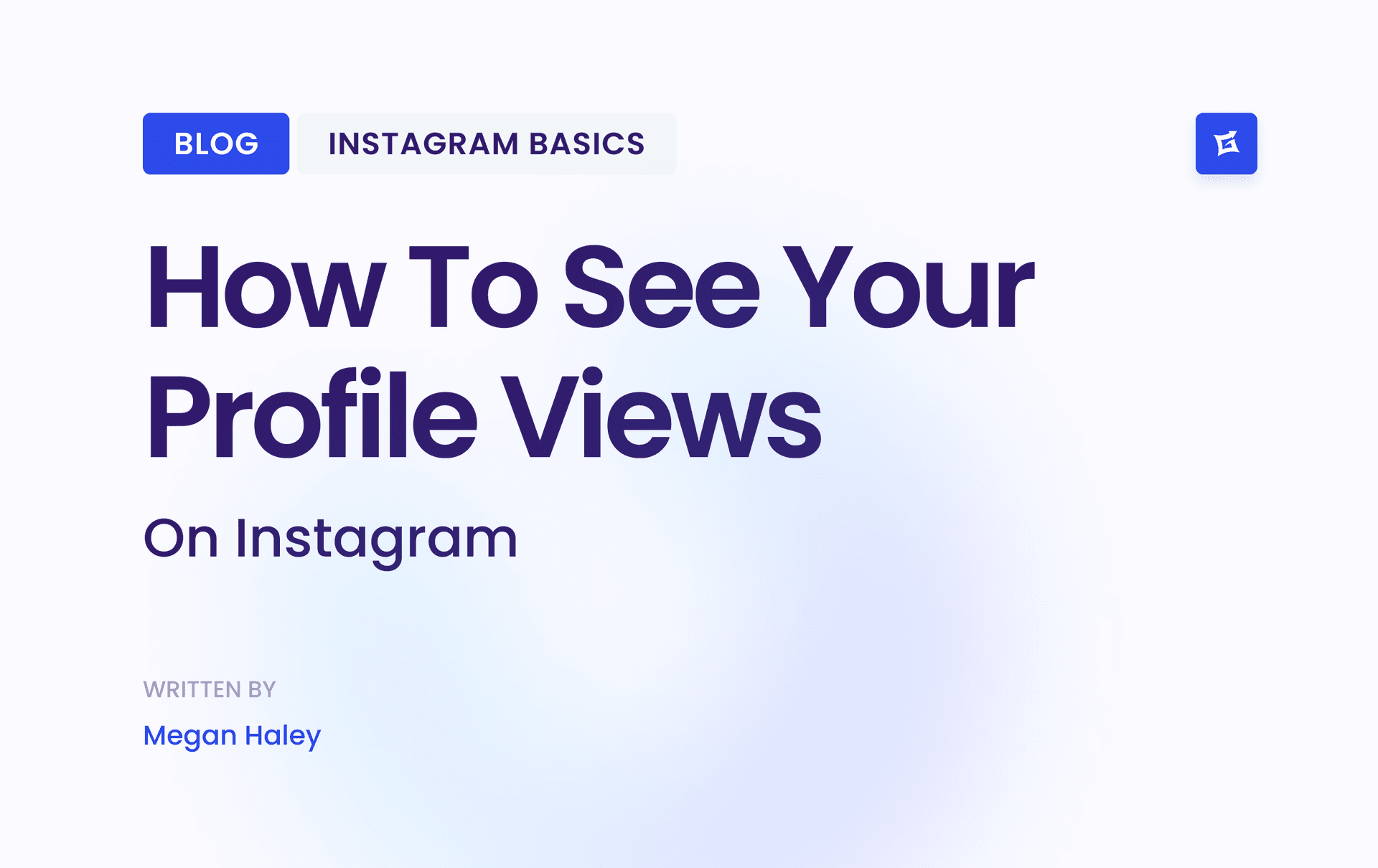

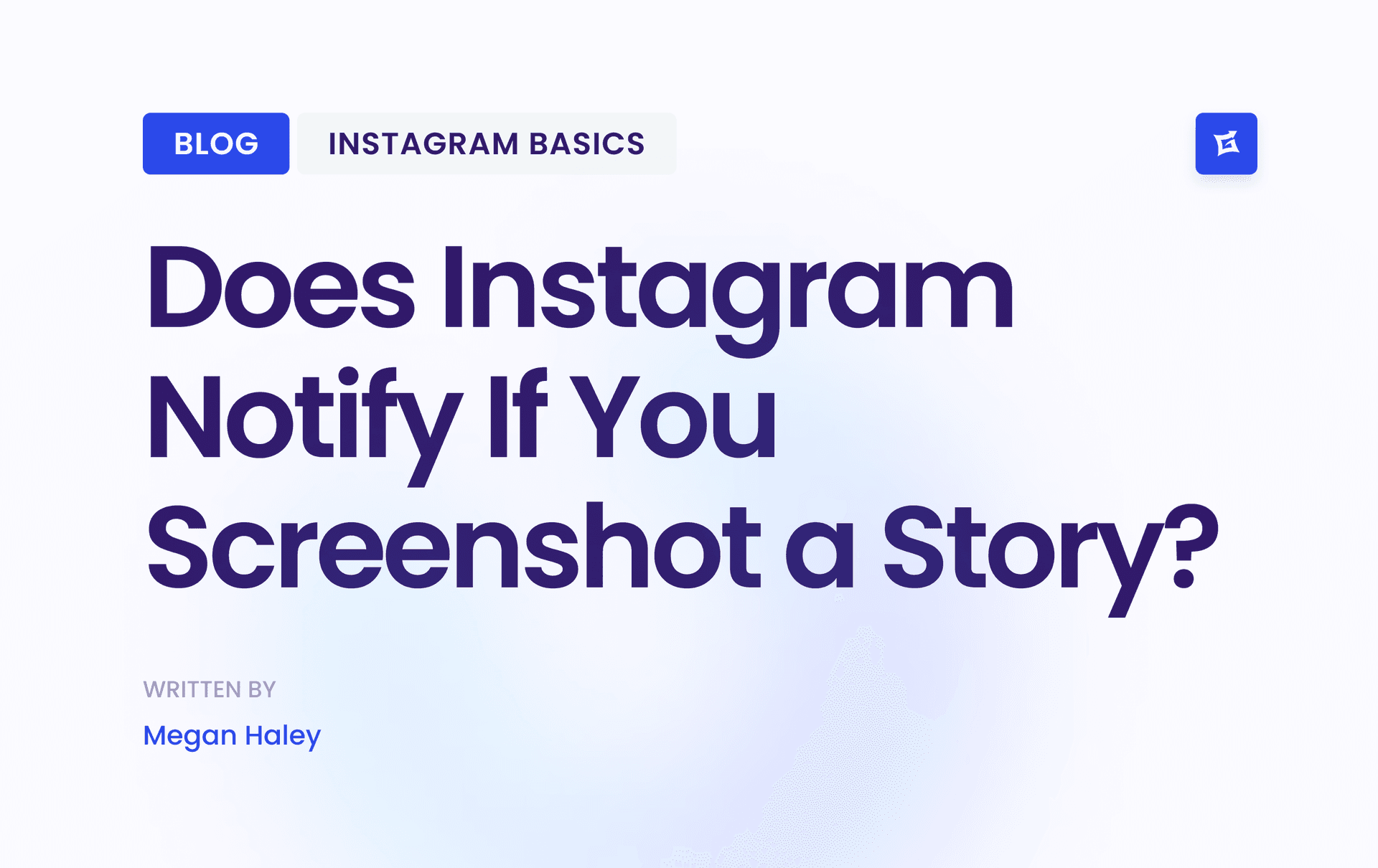




.png&w=750&q=75&dpl=dpl_AQbX5JsabDdbeZxMJ6Brrjeb4mSf)
